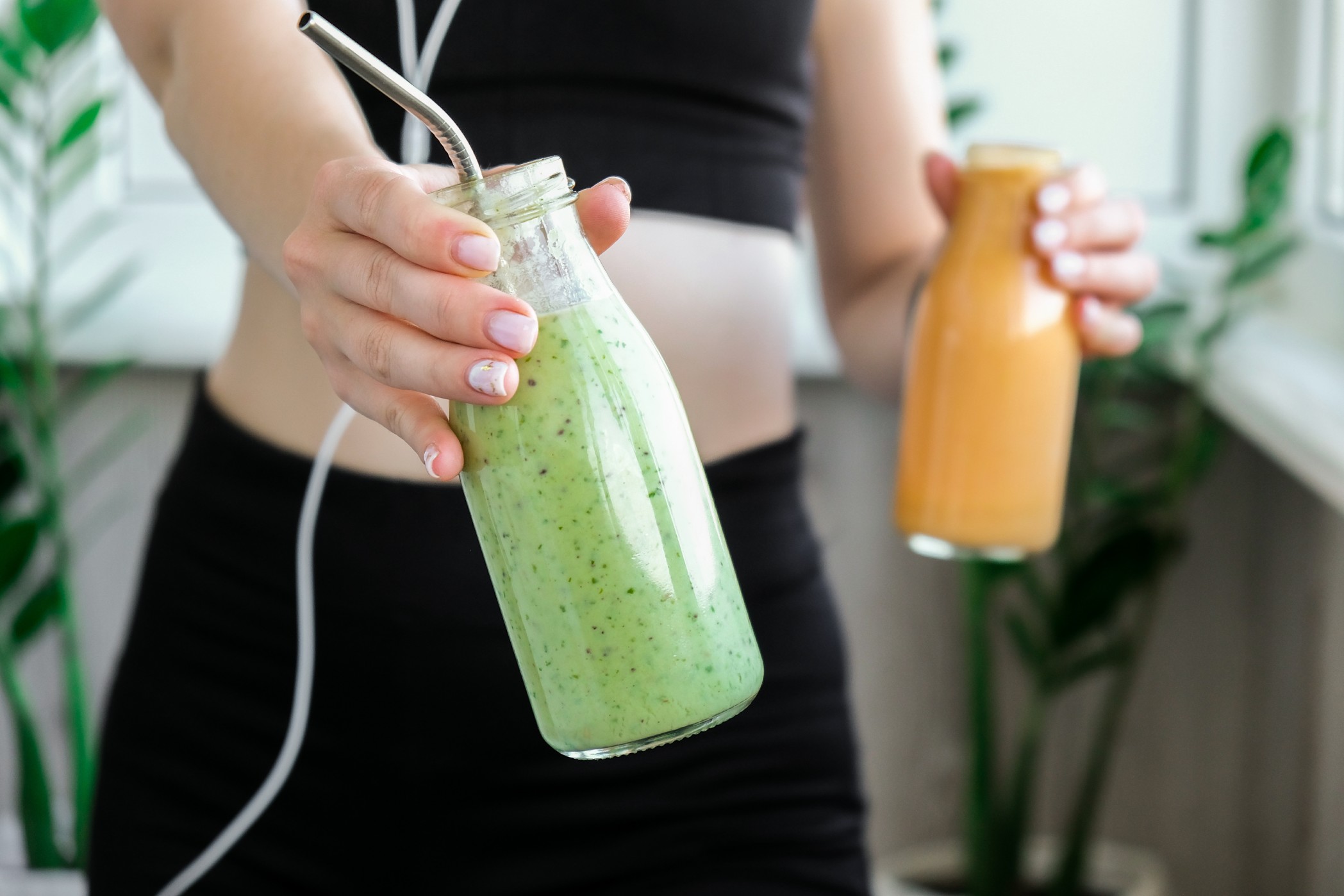The human body constantly interacts with various substances in the environment. Some of these substances can be harmful, especially when they accumulate in significant quantities. Toxins can come from various sources, including air pollution, water contamination, food additives, and household chemicals. Understanding the impact of toxins on health and knowing how to detoxify safely is essential for maintaining overall well-being.
What are the Health Hazards of Specific Toxic Substances?
Toxic substances can be found in many places. Common sources include industrial chemicals, pesticides, heavy metals, and household products. When these substances enter the body, they can disrupt normal bodily functions.
Industrial Chemicals:
– Benzene: Often found in solvents and plastics. Exposure can lead to leukemia and other blood disorders.
– Formaldehyde: Used in building materials and household products. It can cause respiratory issues and has been linked to certain types of cancer.
Pesticides:
– Chlorpyrifos: A common agricultural pesticide. It can affect the nervous system and has been associated with developmental issues in children.
– Glyphosate: Used in herbicides. Long-term exposure may increase the risk of certain cancers and has been linked to liver and kidney damage.
Heavy Metals:
– Lead: Found in old paint and contaminated water. Exposure can cause neurological issues, particularly in children, and can affect the cardiovascular and kidney functions in adults.
– Mercury: Found in certain fish and industrial processes. It can harm the nervous system and is particularly risky for pregnant women and their developing fetuses.
How Do These Substances Affect Different Organ Systems?
Toxins can affect various organ systems, sometimes in ways that are not immediately apparent.
Nervous System:
– Substances like lead and mercury can disrupt neuron function, leading to cognitive deficits, memory issues, and developmental delays. Pesticides like chlorpyrifos interfere with neurotransmitters, causing nerve damage and developmental concerns.
Respiratory System:
– Formaldehyde and other volatile organic compounds (VOCs) can irritate the respiratory tract, leading to chronic respiratory diseases such as asthma and bronchitis.
Digestive System:
– Toxins from contaminated food and water, including pesticides and heavy metals, can stress the liver and kidneys. These organs are responsible for filtering out harmful substances, but overexposure can impair their function.
Cardiovascular System:
– Prolonged exposure to toxins such as lead and industrial chemicals can lead to hypertension, heart disease, and other cardiovascular issues.
What Are the Levels at Which These Substances Become Toxic?
Toxicity levels vary depending on the substance and the duration of exposure. Acute exposure can lead to immediate health issues, while chronic exposure can cause long-term diseases. Regulatory bodies like the Environmental Protection Agency (EPA) set permissible exposure limits, but individual sensitivities can differ.
Acute vs. Chronic Exposure:
– Acute Exposure: Short-term exposure to high levels of toxins can cause immediate symptoms like headaches, dizziness, and nausea.
– Chronic Exposure: Long-term, low-level exposure can lead to serious health conditions, including chronic diseases and cancer.
What Are the Specific Health Effects of Exposure to These Substances?
Short-Term Effects:
– Headaches, nausea, skin irritation, and respiratory issues are common immediate symptoms. These can often be resolved by reducing or removing exposure to the toxin.
Long-Term Effects:
– Prolonged exposure can lead to chronic conditions such as cancer, neurological disorders, respiratory illnesses, and kidney damage. Developmental issues in children are also a concern, as their bodies are more susceptible to the effects of toxins.
How Can I Reduce My Exposure to These Toxic Substances?
Reducing toxin exposure involves making informed choices about the products you use and the environment you live in.
At Home:
– Use natural cleaning products and avoid those with harmful chemicals.
– Ensure proper ventilation to reduce indoor air pollutants.
– Filter drinking water to remove contaminants like lead and chlorine.
In the Diet:
– Choose organic produce to avoid pesticide residues.
– Limit consumption of high-mercury fish, such as tuna and swordfish.
– Avoid processed foods with additives and preservatives.
Personal Care:
– Opt for personal care products free from parabens, phthalates, and other harmful chemicals.
– Read labels and be wary of products with a long list of unrecognizable ingredients.
Safe Detoxification Methods
Detoxifying your body must be done safely to effectively eliminate toxins without causing additional harm. Here are some safe practices:
Hydration:
– Drink plenty of water to help the kidneys filter out toxins.
Diet:
– Incorporate antioxidant-rich foods like berries, leafy greens, and nuts. These help neutralize free radicals and support liver function.
– Consider incorporating detoxifying foods such as garlic, cilantro, and cruciferous vegetables.
Exercise:
– Regular physical activity increases blood circulation and promotes sweating, helping to eliminate toxins through the skin.
Saunas and Baths:
– Infrared saunas and Epsom salt baths can promote sweating and assist in detoxification.
Avoid Extreme Measures:
– Extreme detox diets and high-dose supplements can do more harm than good. Always consult with a healthcare professional before starting any detox regimen.
Conclusion
Understanding the impact of toxins on health is crucial for taking proactive steps to reduce exposure and detoxify safely. By being mindful of the products we use, the food we consume, and our daily habits, we can significantly decrease our toxin load and support our body’s natural detoxification processes. Always prioritize safe methods and consult with healthcare professionals for personalized advice. At Longevity Wellness Clinic, we’re here to guide you through a safe and effective detoxification journey tailored to your needs.



